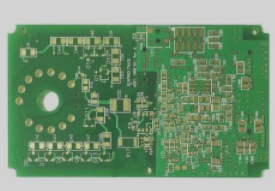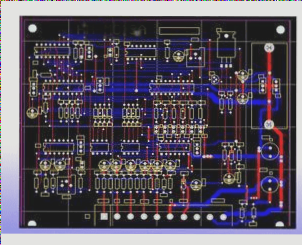Understanding Electromagnetic Compatibility (EMC) in Electronic Systems
The Significance of EMC in PCB Design
Electromagnetic Compatibility (EMC) is crucial in the realm of electronic devices due to the presence of Electromagnetic Interference (EMI). EMI occurs when disruptive electromagnetic energy is transmitted from one device to another, either through radiation or conduction. While EMI is commonly associated with radio frequency signals, it can span across all frequency ranges.
EMC refers to the ability of electrical and electronic systems to function within defined safety limits in a specific electromagnetic environment, without suffering damage or performance degradation from electromagnetic interference. This involves mitigating external interference and ensuring that the EMI generated by electronic products remains within acceptable limits.

Today, as electronic products shift from analog to digital designs, issues related to EMI and EMC have gained significant importance in product development. Regulatory bodies like the FCC in the US, the European Community, and China have established standards to ensure electromagnetic compatibility. These standards have advanced electronic design methodologies and improved the reliability of electronic products.
Electronic equipment’s increasing sensitivity and expanding frequency ranges have made EMC even more critical in PCB design. Electromagnetic waves from devices can create interference, leading to faults or disrupted signals. Ensuring EMC involves each device emitting limited electromagnetic radiation and possessing anti-interference capabilities to maintain system compatibility.
Addressing electromagnetic interference, whether through conduction or radiation, is essential in achieving full system compatibility. In complex systems, managing interference paths is crucial to prevent compounded interference and maintain optimal device performance.
- EMC is vital for electronic systems to function without interference.
- Regulatory standards ensure EMC in electronic designs.
- EMC in PCB design is essential for preventing faults and signal disruptions.
- Managing interference paths is crucial for system compatibility.



